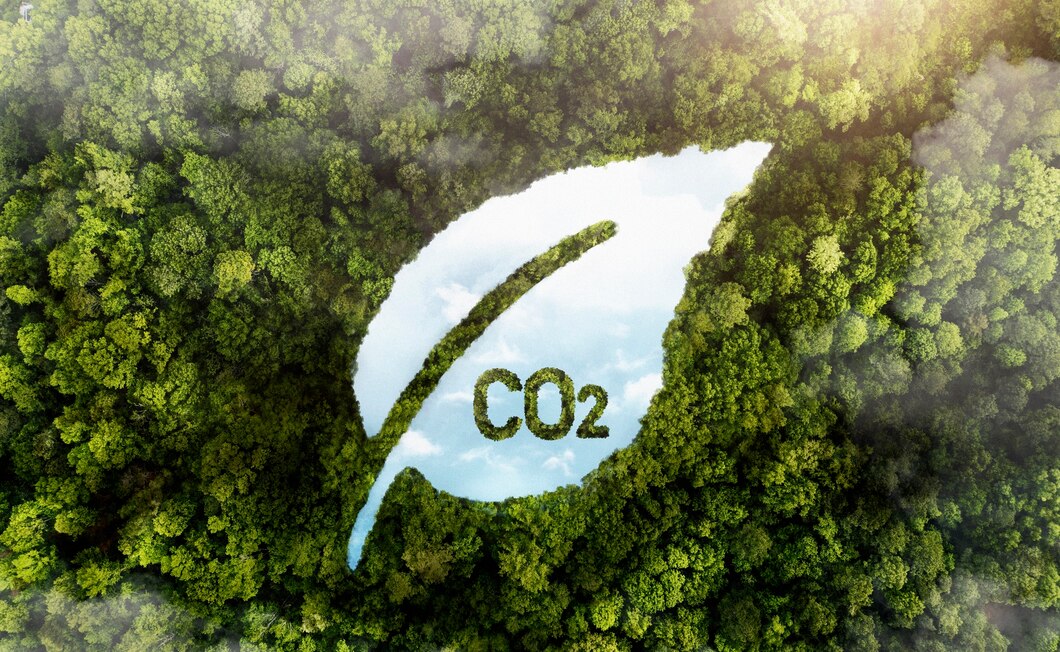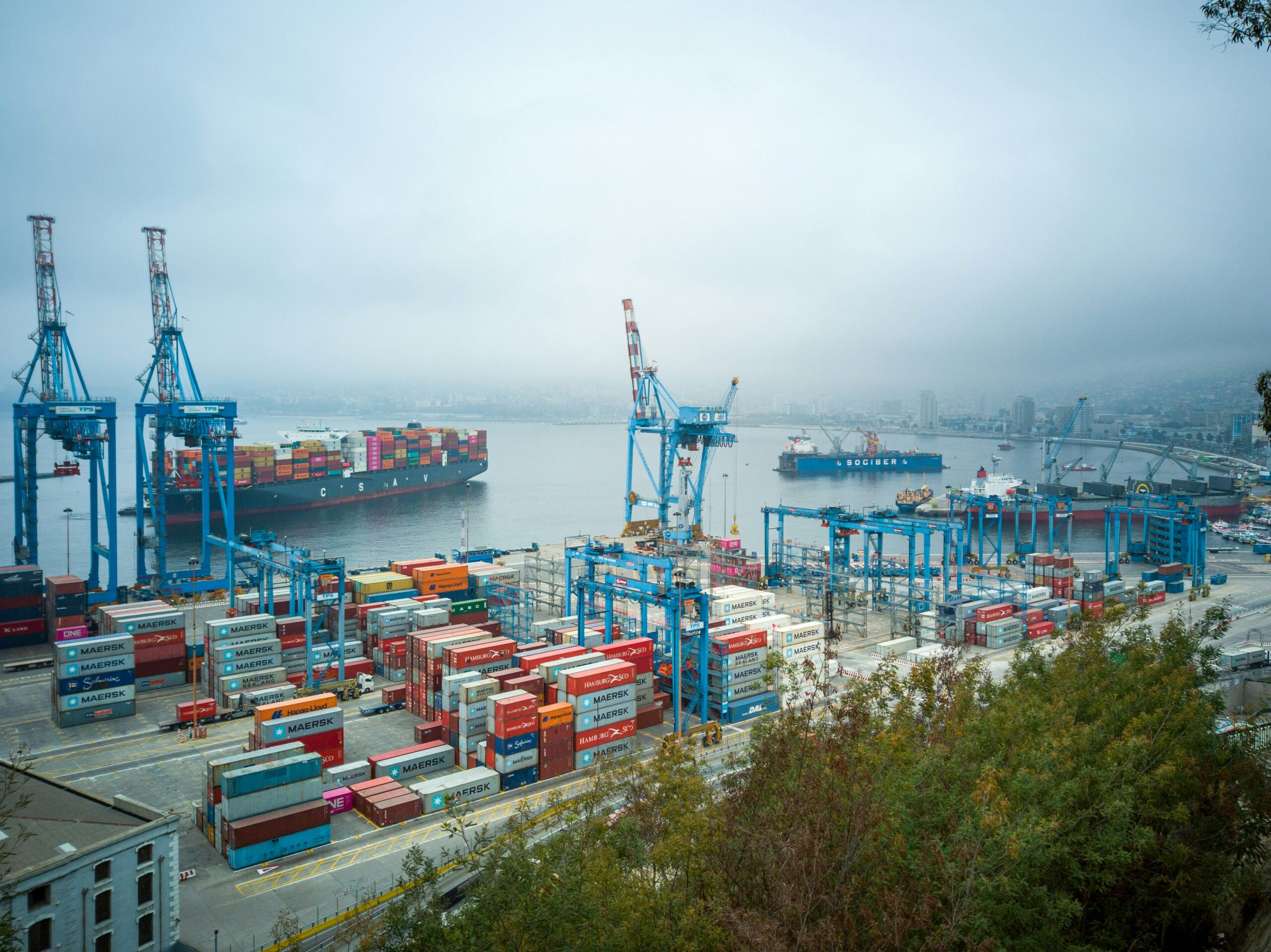Insider Brief
- Israel is positioning itself as a leader in carbon capture by using natural processes to remove and store CO2 for thousands of years.
- Ben-Gurion University researchers are developing ‘magic dust’ to accelerate seaweed growth, which absorbs CO2 and transports it to the ocean floor for long-term storage.
- The Israel Innovation Authority is also testing mineral weathering, agricultural fertilization with volcanic ash, and carbon capture near industrial emissions, aiming to integrate economic viability with climate solutions.
What do “magic dust,” seaweed and fertilizing farms have in common? These are all components of Israel’s push to become a leader in carbon capture by innovating natural processes that could lock away CO2 for thousands of years.
Tiny particles of dust may hold the key to one of the biggest challenges in the fight against climate change: capturing and storing carbon dioxide. At Ben-Gurion University, Dr. Avner Gross and his team are developing a technology known as “magic dust,” which accelerates the growth of seaweed that absorbs carbon from the atmosphere and then transports it to the ocean floor, where it remains trapped, according to the Israel Innovation Authority (IIA).
Innovation Authority researchers are testing the use of natural particles found in forest fire ash, volcanic ash, and desert dust to boost seaweed growth. Larger seaweed absorbs more CO2 through photosynthesis.

“The challenge here is both to cause the seaweed to grow and absorb more carbon and to find a way to submerge it deep in the ocean where the carbon will remain trapped for thousands of years. It’s like sending a miniature submarine to the depths of the ocean”, Dr. Gross conceptualizes. “The particles have to supply the seaweed with the food they need and then drag them to the ocean floor”.
Israel’s scientific community is taking a nature-based approach, mimicking and accelerating natural processes that store carbon. One such method is accelerated mineral weathering, where minerals react with CO2 and store it safely. Another concept Dr. Gross’s team is exploring is the use of ash from volcanic ash and desert dust to fertilize fields, increasing their ability to absorb carbon. Over time, the CO2 is flushed into the ocean and buried beneath sediments, effectively removing it from the atmosphere.
According to Dr. Alon Stopel, Chairman of the IIA, direct carbon capture from the atmosphere is a holistic solution to global warming but remains highly complex due to the low concentration of CO2 in the air. “Only a very few companies are active in this field,” Dr. Stopel notes.
“Another technology, used by Israel Aircraft Industries (IAI), is intended to capture carbon near the point of emission,” Dr. Stopel highlights. “This solution is simpler than capturing carbon from the atmosphere because the concentration of CO2 at this point is much higher. For example, the concentration reaches approximately 10% per volume in the chimneys of power stations, 20% in concrete production, and 80% in ammonia production. A further approach has been adopted by companies trying to develop a technology that will utilize CO2 as a raw material for various products. Success in this field is valuable because it can economically justify carbon capture”.
Some Israeli researchers are also investigating ways to turn organic carbon into rock, mimicking natural processes that take thousands of years. Certain plants release molecules from their roots that, when combined with bacteria, form rock-like structures. Scientists are working to accelerate this process, creating carbon-rich mineral deposits that store carbon from the atmosphere for millennia, according to the IIA.
Seeing this research as critical, Israel has established a national forum for carbon capture, bringing together over 300 researchers from around the country. This forum aims to foster collaboration between academia, startups, and the public sector to advance carbon sequestration technologies.
Although many of these ideas are still in early development, the IIA says they could become viable by the end of the decade. The potential economic benefits of carbon capture are vast, with the global market expected to be worth billions of dollars in the coming years. Through efforts of the IIA researchers, Israel is looking to position the nation as a leader in this emerging field, with hopes of making a significant contribution to the global effort to combat climate change.







